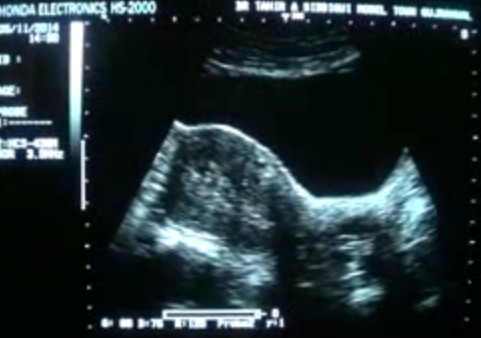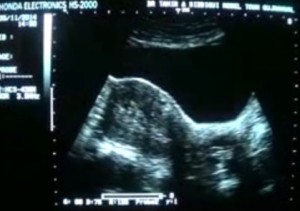Endometrial hyperplasia is an abnormal excessive thickening of uterus lining. The lining of uterus is called endometrium. It thickens every month as a normal process of preparing for pregnancy. However, if pregnancy fails to occur, the lining sheds out in a process called menstrual period. The menstruation period occurs in every 28 days though at times, it may vary.
The process of menstruation is controlled by hormones called progesterone and estrogen. When the hormones get out of balance or they are insufficient, there may occur excessive lining growth, which results in the condition called endometrial hyperplasia. In most of the cases, this growth of cells of the uterus lining is benign and noncancerous.
Endometrial hyperplasia mostly occurs in women who have reached menopause or are nearing menopause. Women with chronic disorder like obesity, polycystic ovarian syndrome, and diabetes may also develop this condition. Symptoms of this condition include spotting or bleeding between menstrual periods, and postmenopausal bleeding, and changes in duration of the menstruation.
At times, endometrial hyperplasia could precede a cancerous growth such as cancer of uterus. Women who are menstruating and at the same time having endometrial hyperplasia, tend to have a higher risk of developing anemia or low levels of red blood cells.
Causes of endometrial hyperplasia
When there is excess estrogen hormone without progesterone, it could cause endometrial hyperplasia. Excess estrogen is the most common cause of the condition or simply an imbalance in hormones that regulate the menstrual period. If ovulation fails to take place, it means that progesterone is not made, which in turn prevents the lining from being shed.
In this case, the endometrium lining will continue growing as it responds to estrogen. The cells making up the uterus lining may crowd together and transform to abnormal cells, a condition which is referred to hyperplasia, which at times may lead to cancer. The endometrium of uterus undergoes changes throughout menstrual cycle, a normal process that happens as the lining responds to hormones.
In the first part of menstrual cycle, usually estrogen hormone is synthesized by ovaries. This estrogen hormone is the one that causes uterus lining to grow and thicken in order to prepare the uterus for coming pregnancy. Somewhere in the middle of menstrual cycle, an egg gets released in one of ovaries in a process called ovulation.
After ovulation or release of an egg, it signifies the start of synthesis of another hormone known as progesterone. The levels of progesterone begin to rise. Progesterone helps prepare the endometrium lining to receive and nourish fertilized egg. However, if fertilization does not occur, it means that pregnancy does not happen, and therefore, the levels of progesterone and estrogen start reducing.
The decrease in hormone progesterone is was induces the process of menstruation where the shedding of lining of uterus occurs. It is upon complete shedding of uterus lining or endometrium where a new menstrual cycle commences.
Endometrial hyperplasia may also occur because of use of medicines that act as estrogen. Women who have long-term use of large doses of hormone estrogen after their menopause may develop the hyperplasia of endometrium lining. Infertility or polycystic ovary syndrome may lead to irregular menstrual periods that could contribute to endometrial hyperplasia. Obesity is also another possible cause for occurrence of this condition.
Symptoms and diagnosis of endometrial hyperplasia
Abnormal bleeding of the uterine is the common sign of hyperplasia. A woman who experiences bleeding in her menstrual period, but the bleeding lasts longer than it should or it is heavier, she may want to see a doctor. Similarly, a woman who has a menstrual cycle that takes less than 21 days instead of the normal 28 days, she should consider seeing a doctor.
Any bleeding that occurs after menopause also may need to be checked by a doctor because it could likely be a sign of endometrial hyperplasia. Abnormal bleeding may be caused by many things and proper diagnosis is needed. Women who have reached menopause or are 35 years and older, and they have abnormal bleeding that does not seem to stop after medication, they may need to be diagnosed of both endometrial hyperplasia as well as cancer.
Similarly, women who are young than 35, and their abnormal bleeding has not subsided despite use of medication should also consider seeking help of a doctor. A doctor may perform a series of diagnostic tests to determine if you could be having endometrial hyperplasia or cancer. Ultrasound can be conducted to measure endometrium lining thickness while an endometrium biopsy may be done to rule out the possibly of a cancer growth.
Treatment
Endometrial hyperplasia may be treated with progestin. This is given orally, as a vaginal cream, using an intrauterine device, or in form of a shot. The dosage or quantity and the period you take the synthetic hormone may depend on the age and type of hyperplasia. During treatment with progestin, women may experience vaginal bleeding that looks like a menstrual period.

